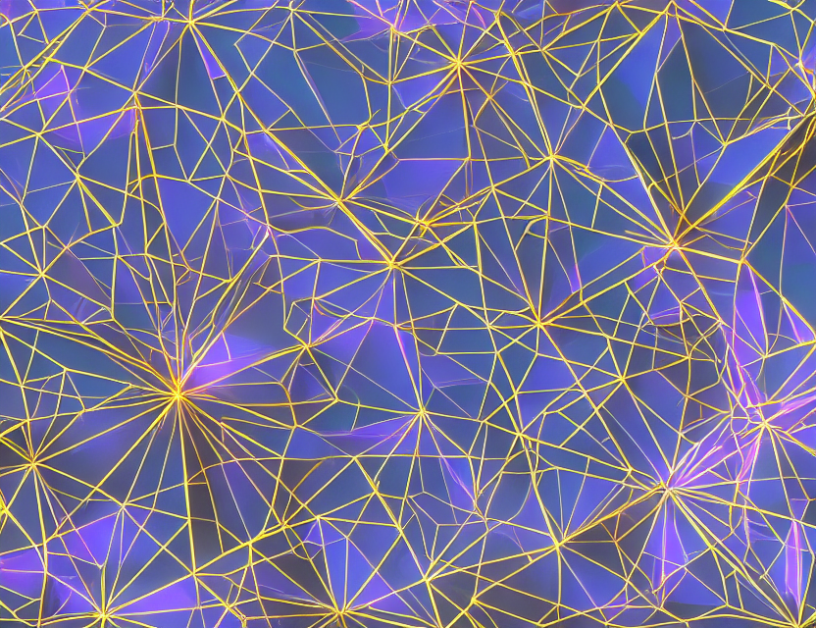In this article, we will delve into the fascinating world of neural rendering, a rapidly growing field that combines computer vision and deep learning to generate visually stunning images. Neural rendering has numerous applications, from video games to architectural visualization, and its potential for creating novel views is nothing short of revolutionary.
To understand how neural rendering works, let’s first break it down into its constituent parts. "Neural" refers to the use of deep neural networks (DNNs) to generate images, while "rendering" is the process of generating an image from a 3D scene. In other words, neural rendering is like using a magic wand to create an image from thin air, based on a set of instructions provided by the computer.
There are several approaches to neural rendering, but one of the most popular is called "novel view synthesis." This involves generating images of objects and scenes that do not exist in real life, such as a bicycle or a monument. Novel view synthesis is like creating a new recipe for a dish that has never been made before – it requires a combination of creativity and technical skill to get it right.
Another important aspect of neural rendering is the use of "diffusion models." These models are like a special kind of paper that can be manipulated to create different shapes and designs. In the context of neural rendering, diffusion models allow us to generate images by gradually adding details to a blank slate, much like how an artist might build up layers of paint on a canvas.
So, how do these various elements come together to create stunning images? The key lies in the power of ablation, which allows us to experiment with different techniques and see how they impact the final result. Ablation is like removing a layer of paint from an artist’s palette – it allows us to see how the colors underneath interact with each other and create something new and exciting.
But neural rendering isn’t just about creating pretty images – it also has practical applications. For example, in video games, neural rendering can be used to generate realistic environments on the fly, making for a more immersive gaming experience. In architecture, it can help designers create detailed 3D models of buildings and landscapes without having to physically construct them.
In conclusion, neural rendering is a fascinating field that combines computer vision and deep learning to generate visually stunning images. By understanding the various approaches and techniques involved, we can unlock the full potential of this technology and create new and innovative applications for it. Whether you’re an artist looking to explore new creative possibilities or a developer seeking to enhance your gaming experience, neural rendering is definitely worth exploring!
Computer Science, Computer Vision and Pattern Recognition
Enriching Radiance Fields with Generative Priors



